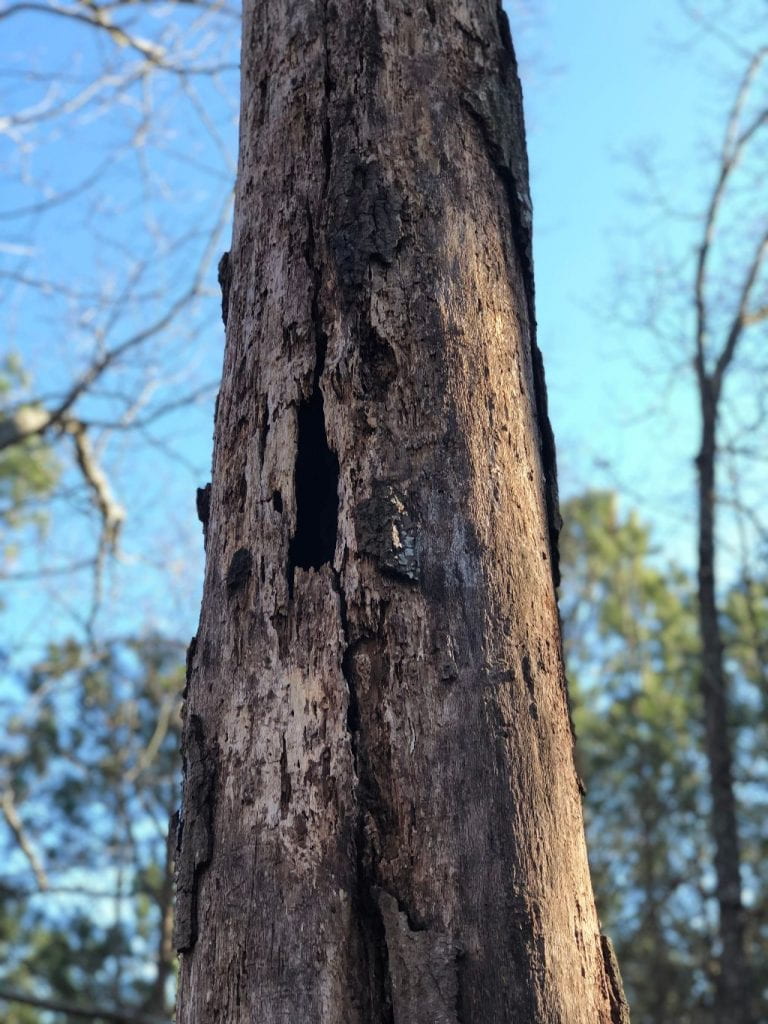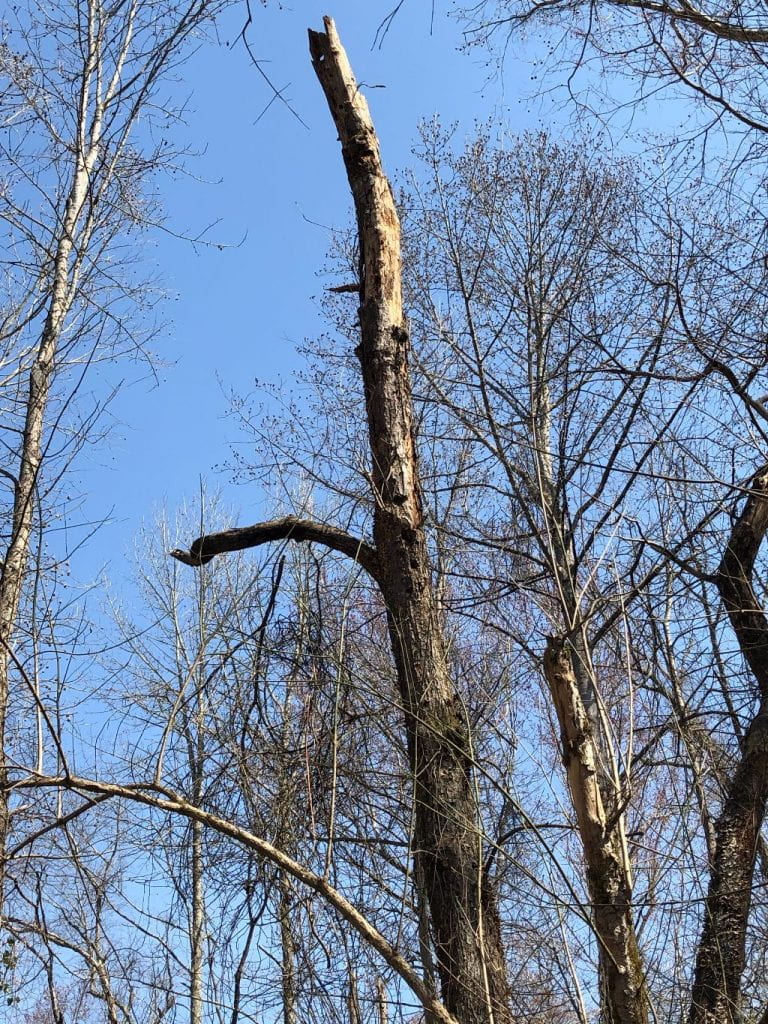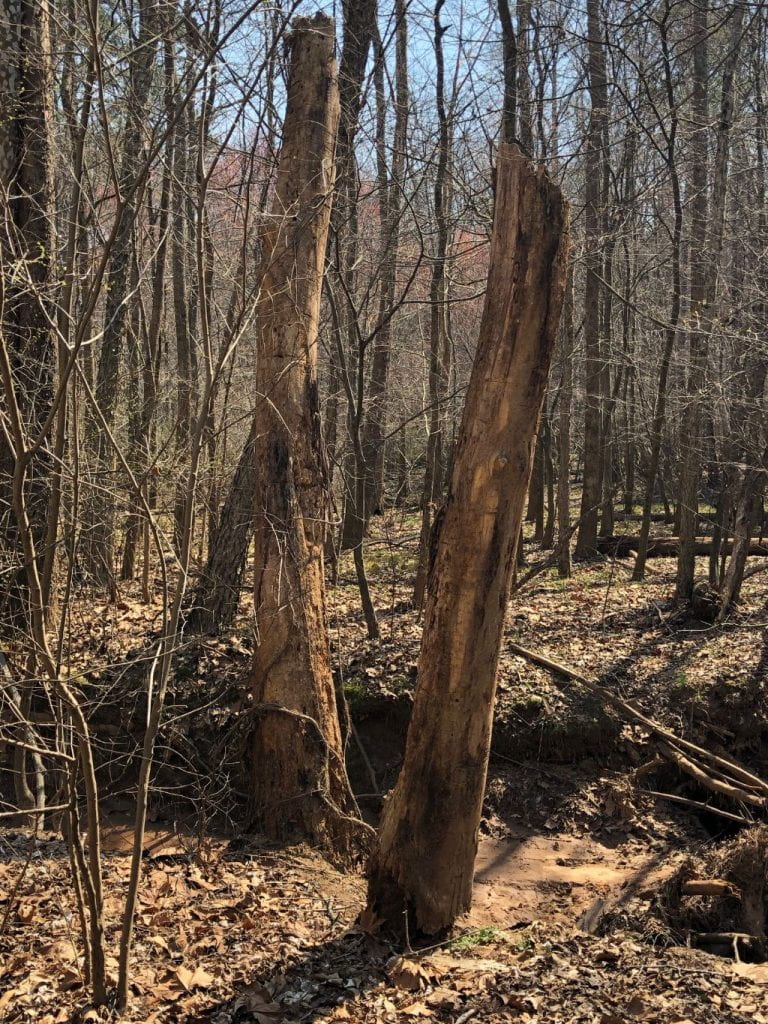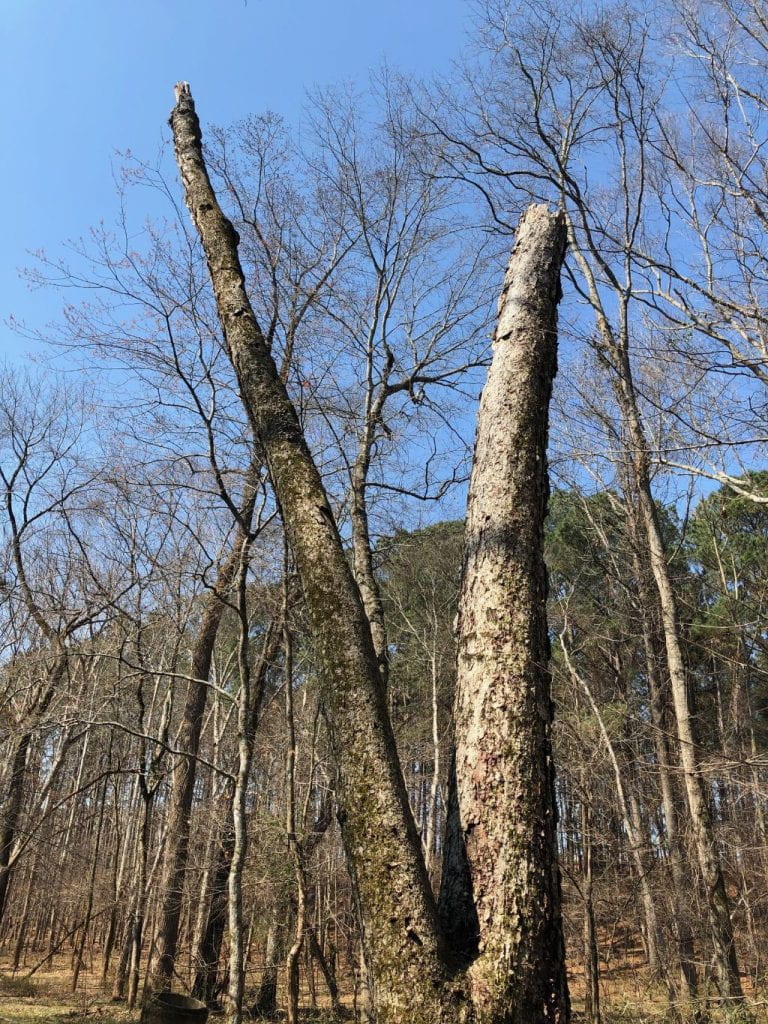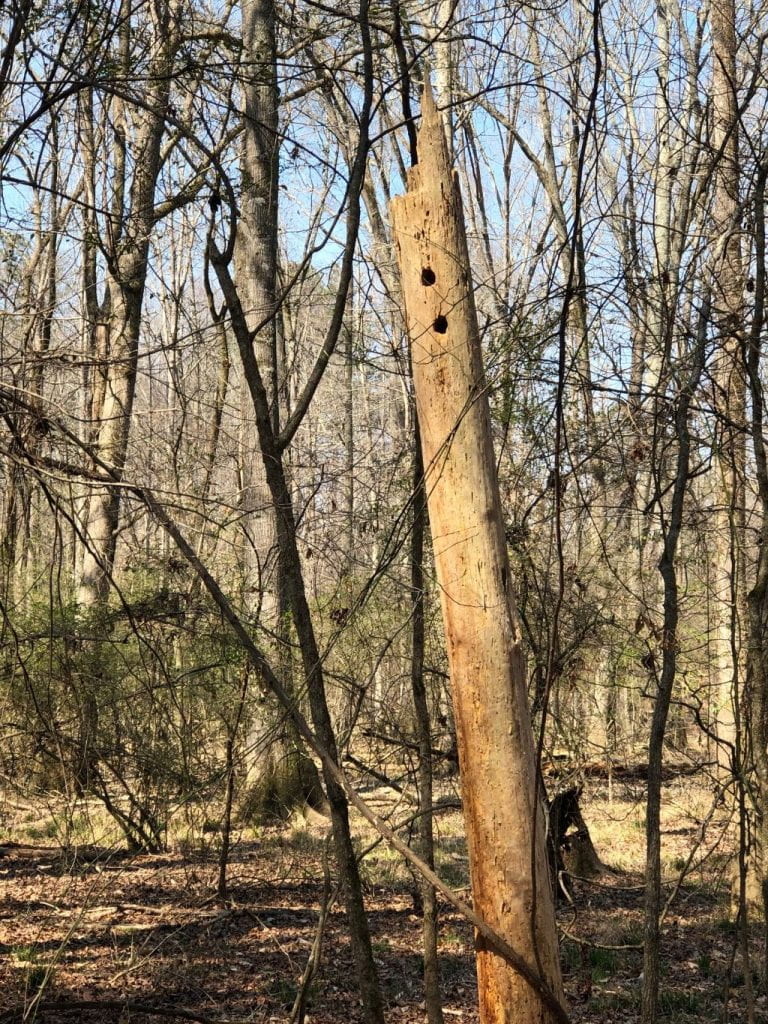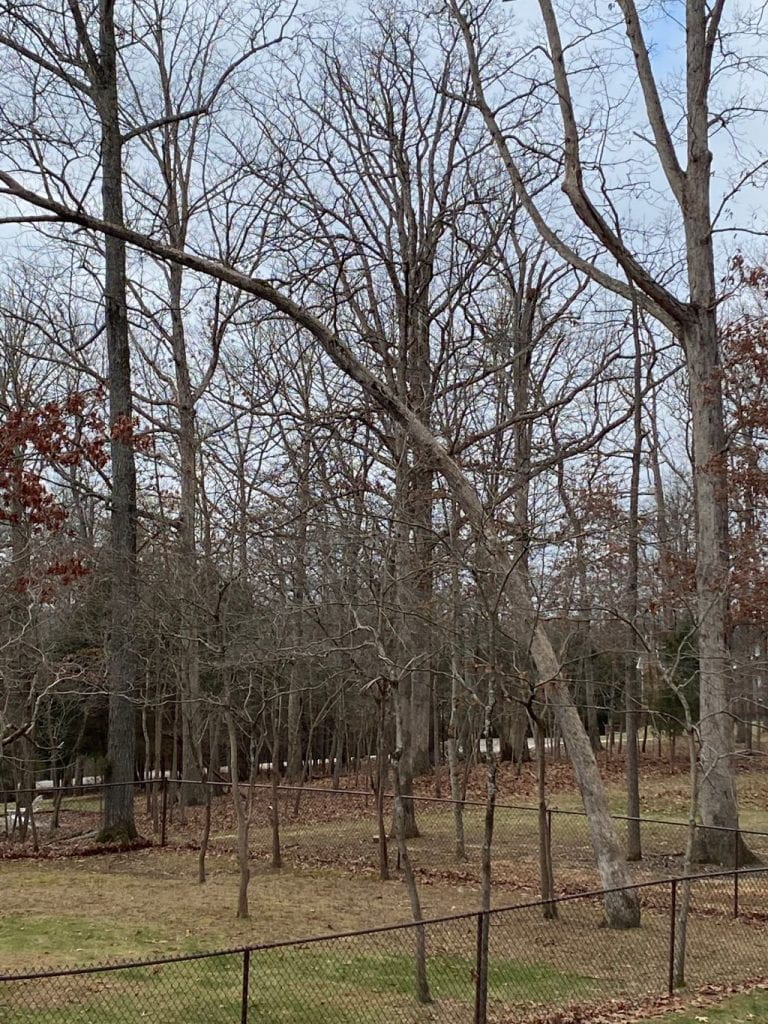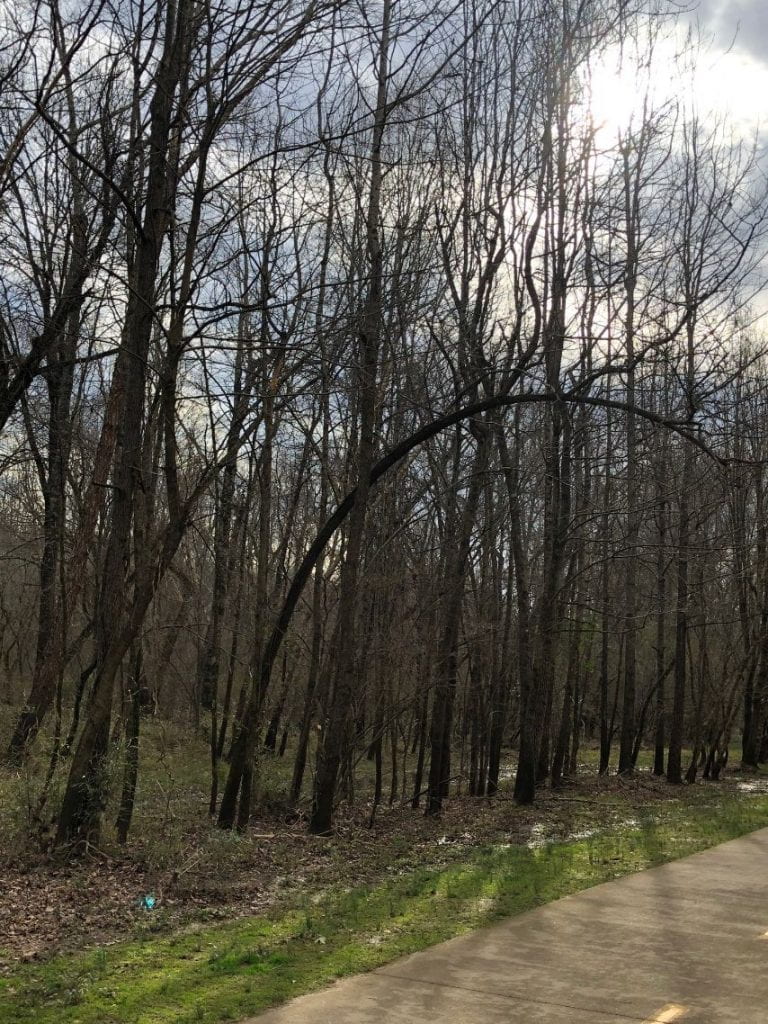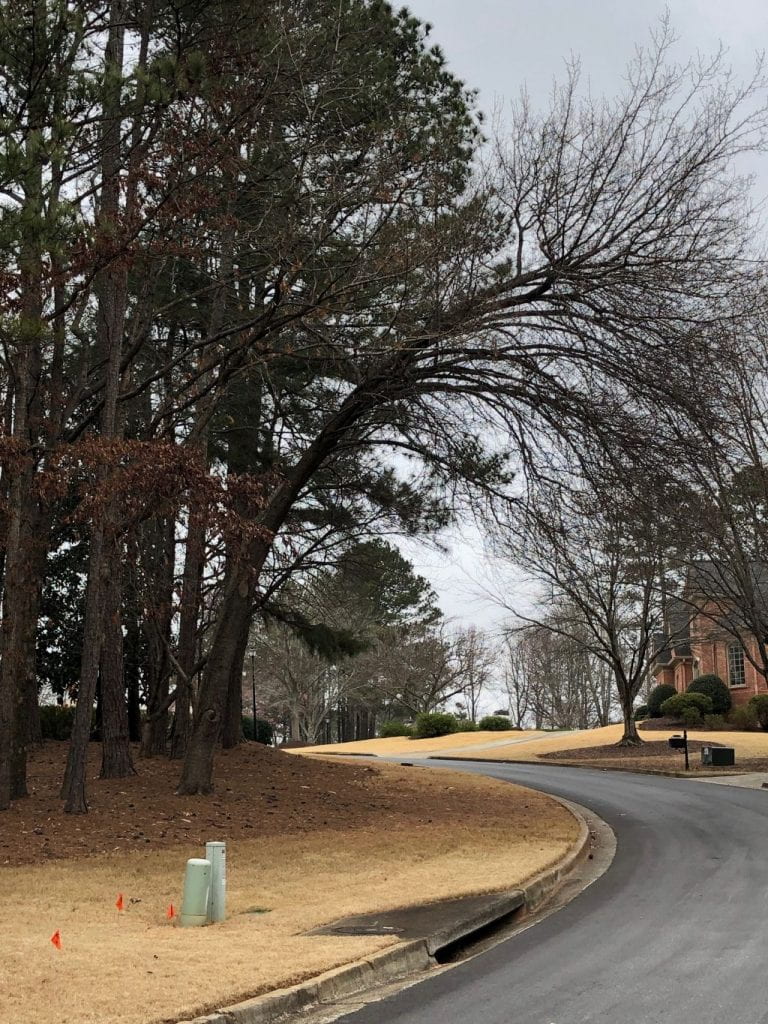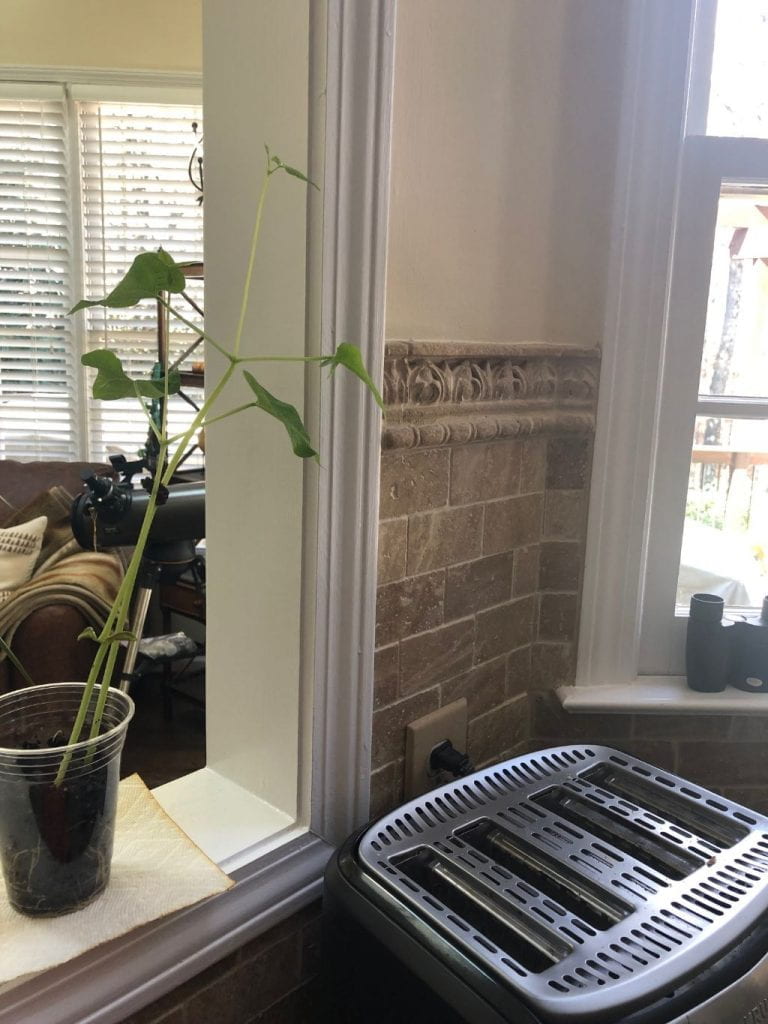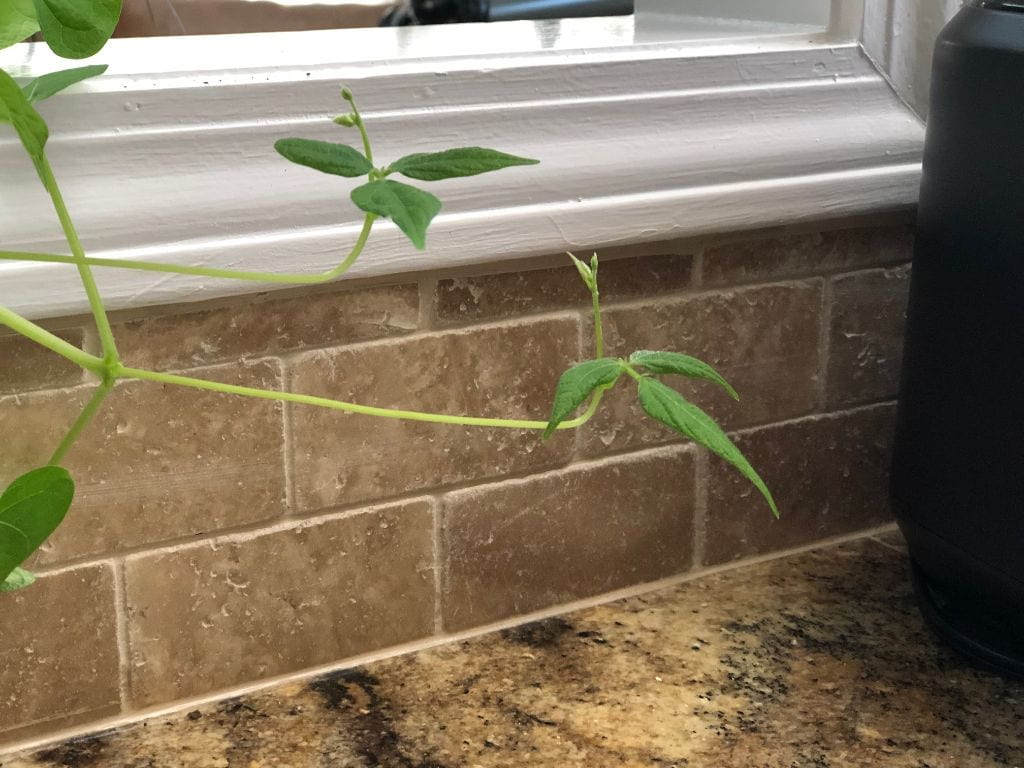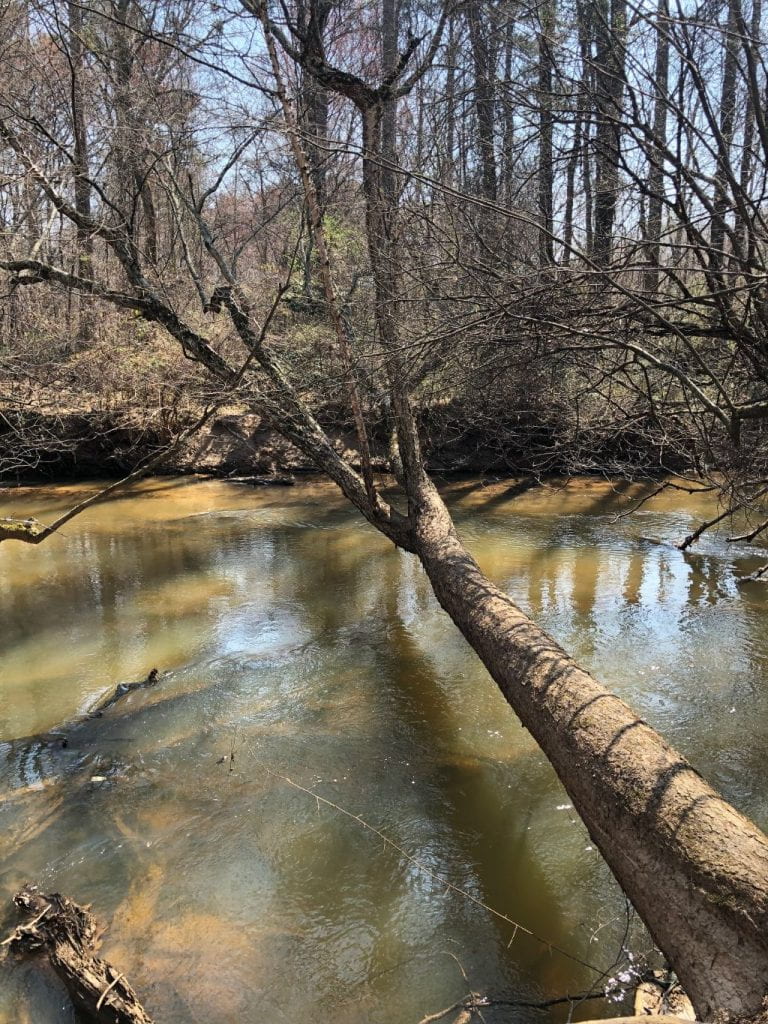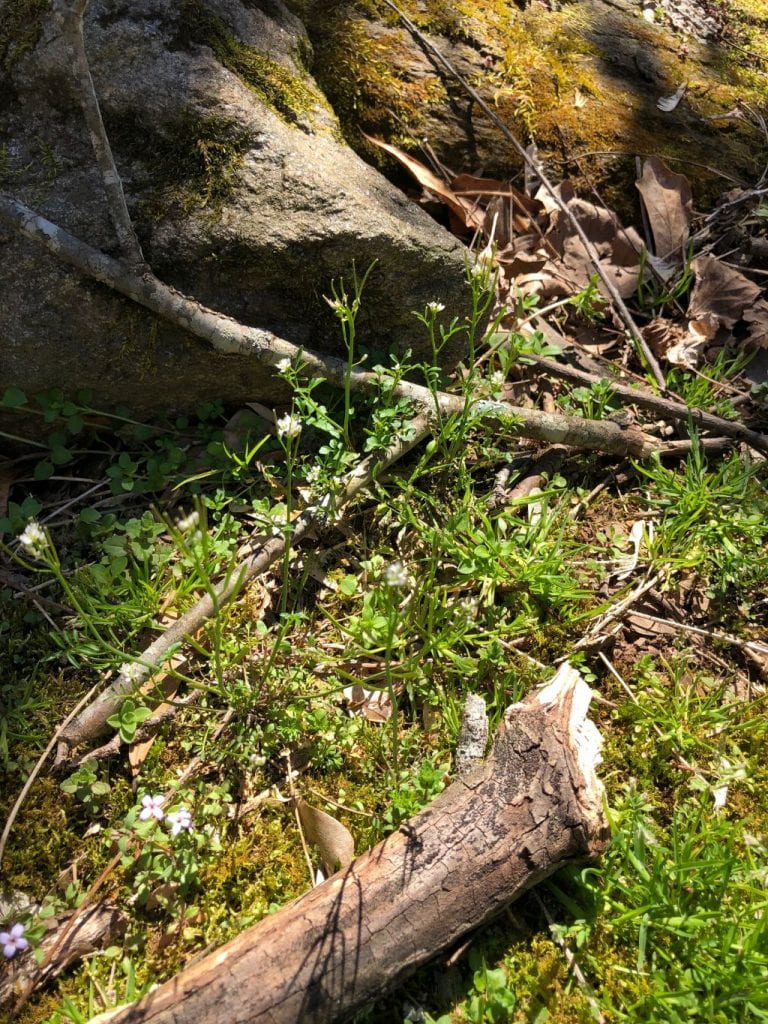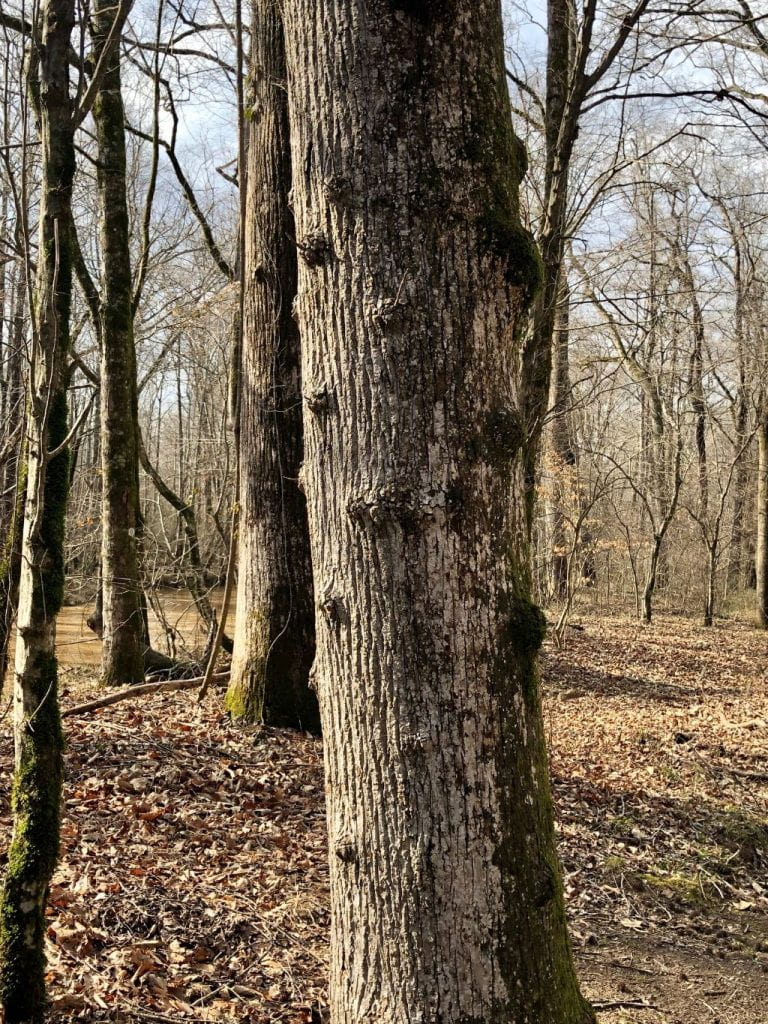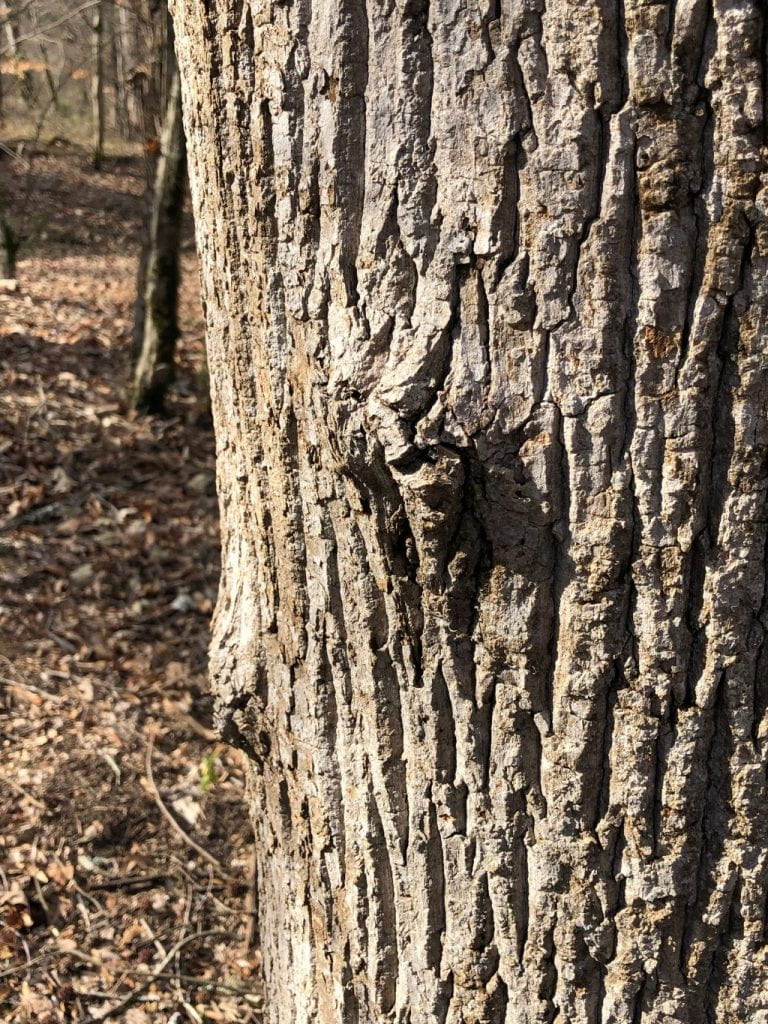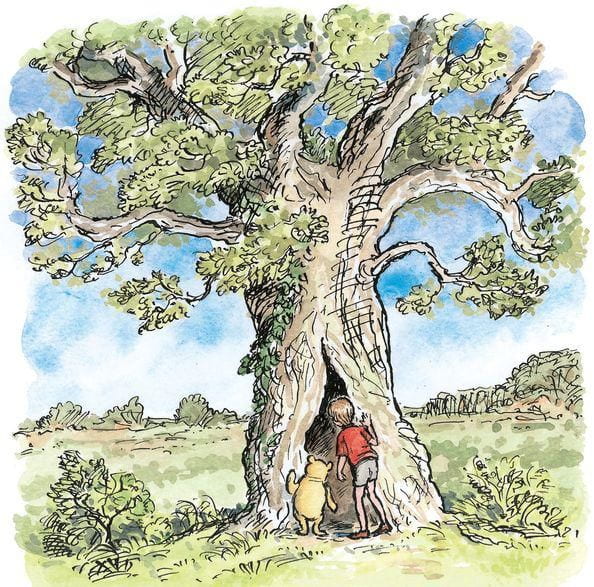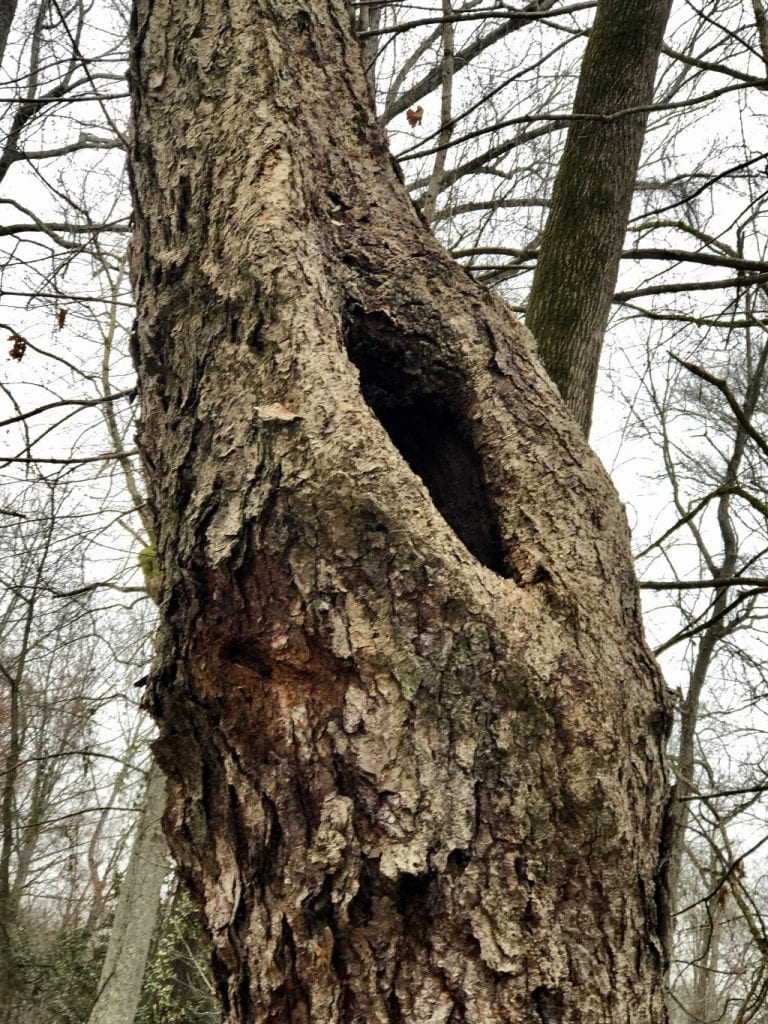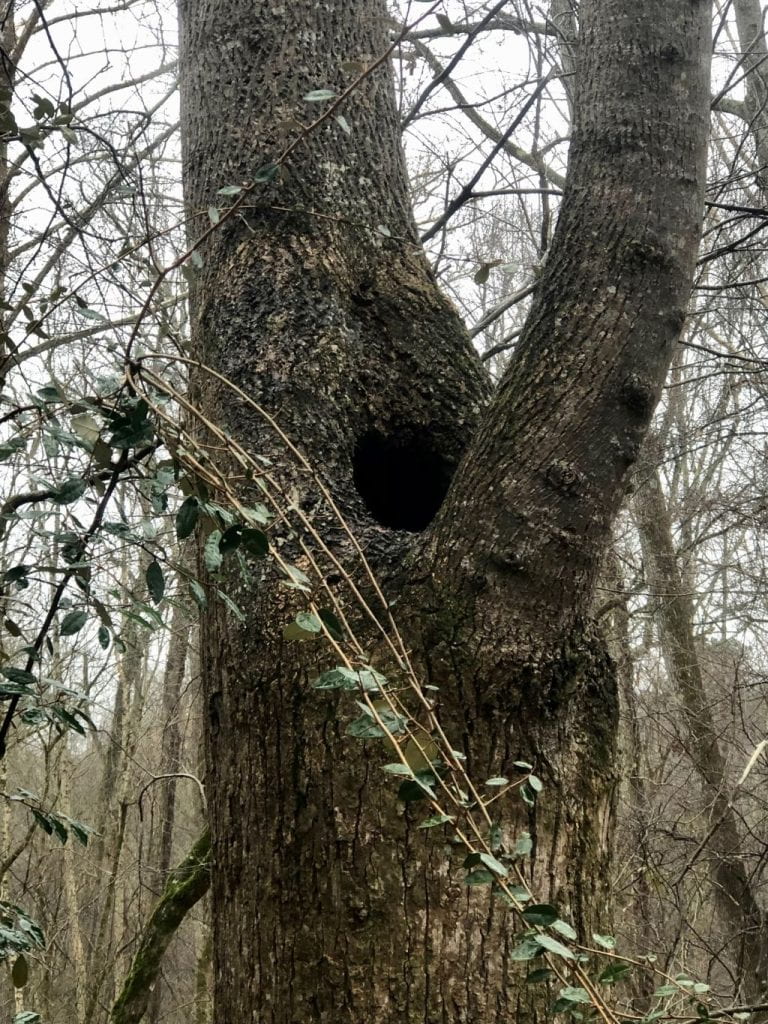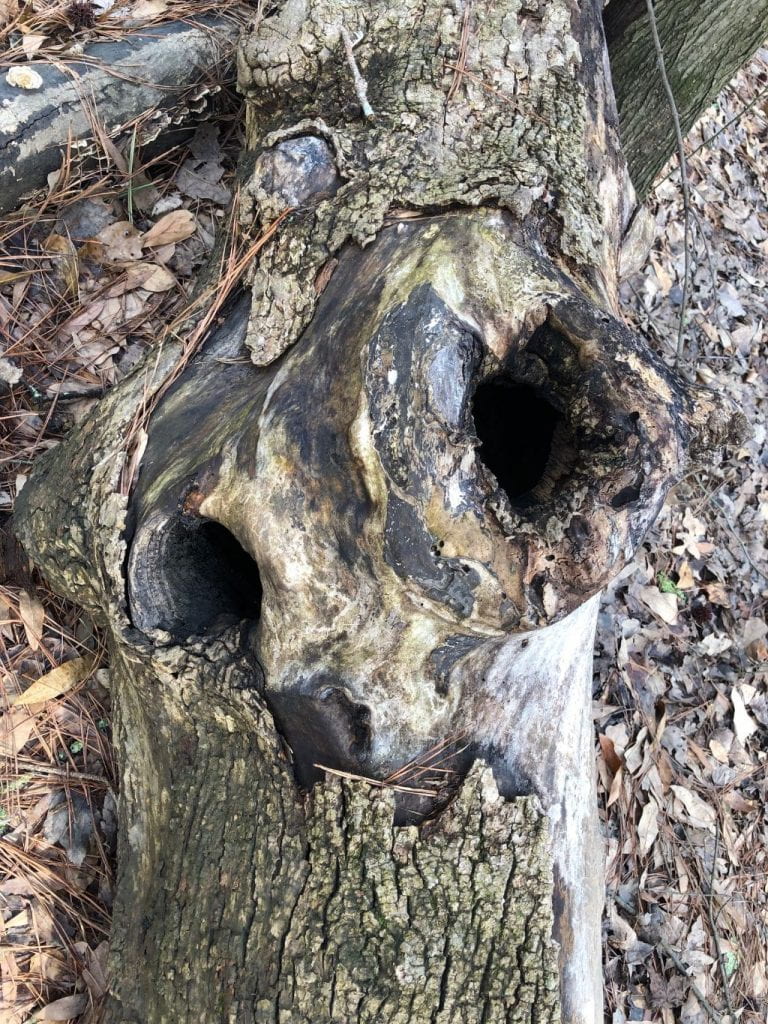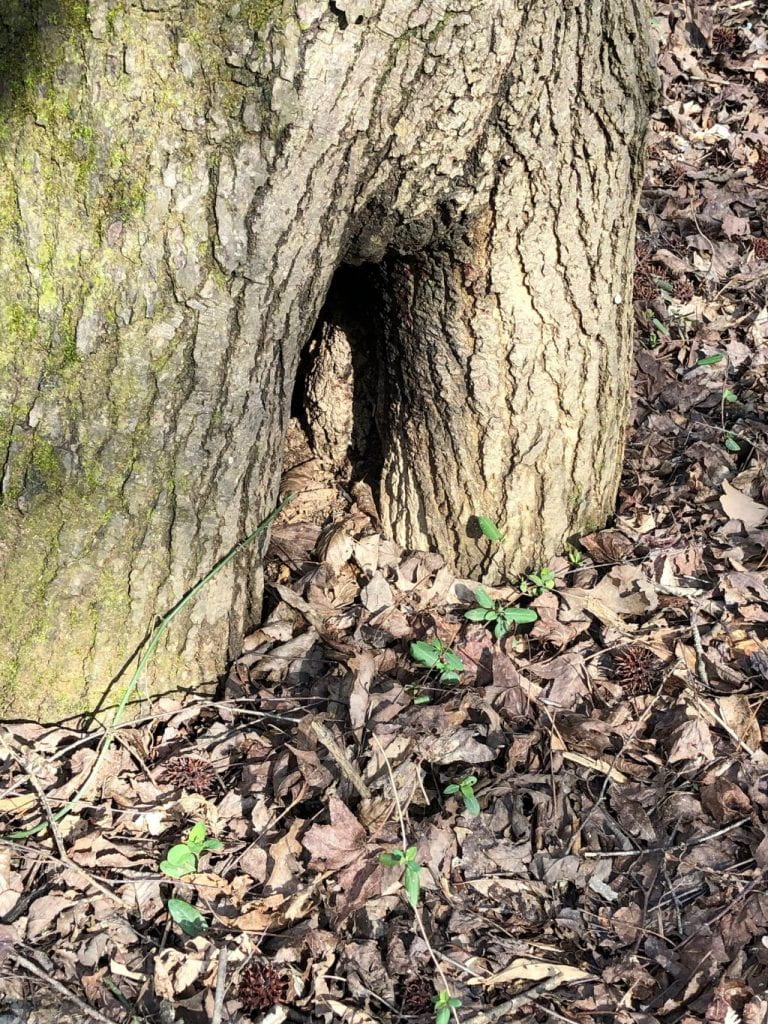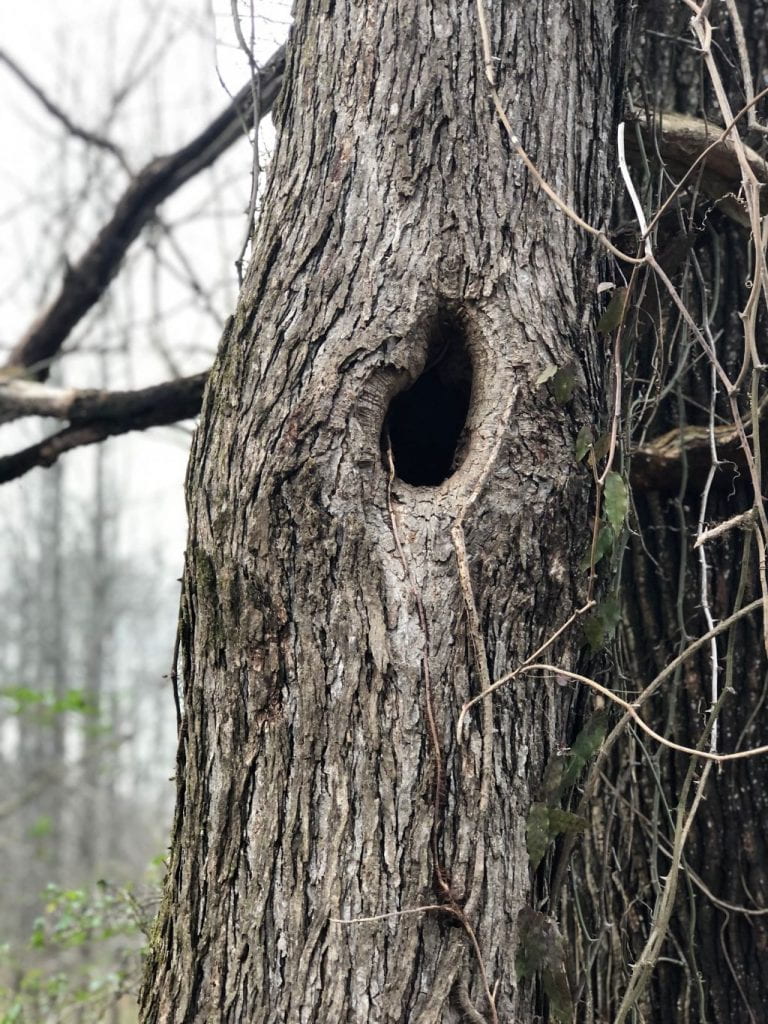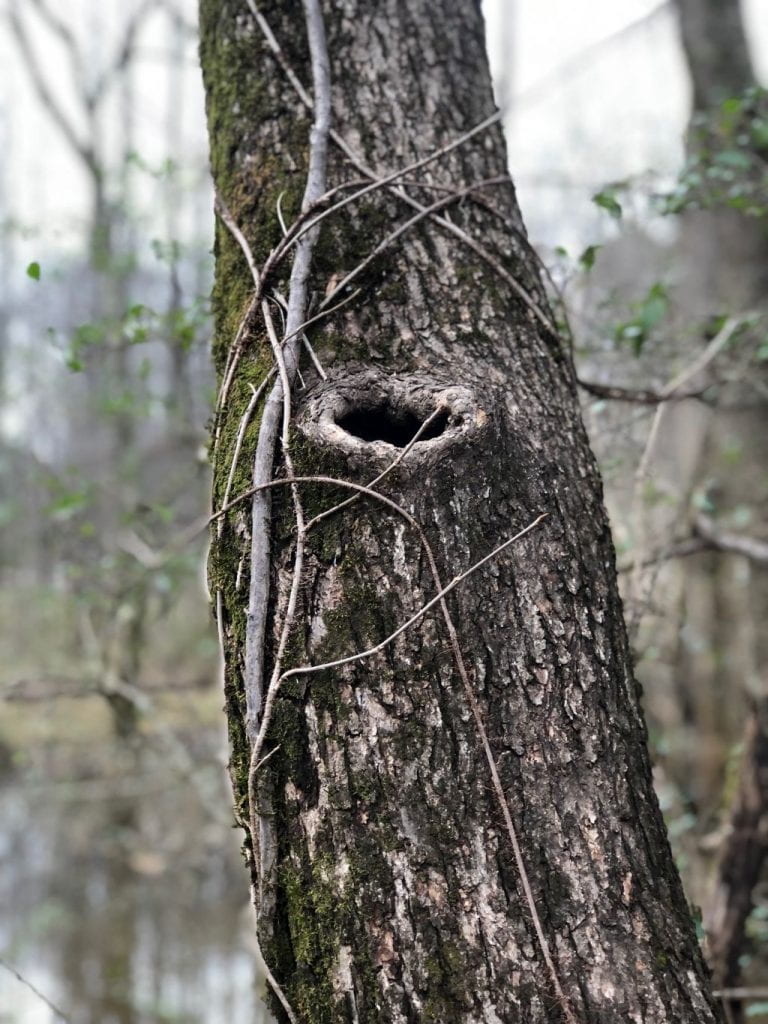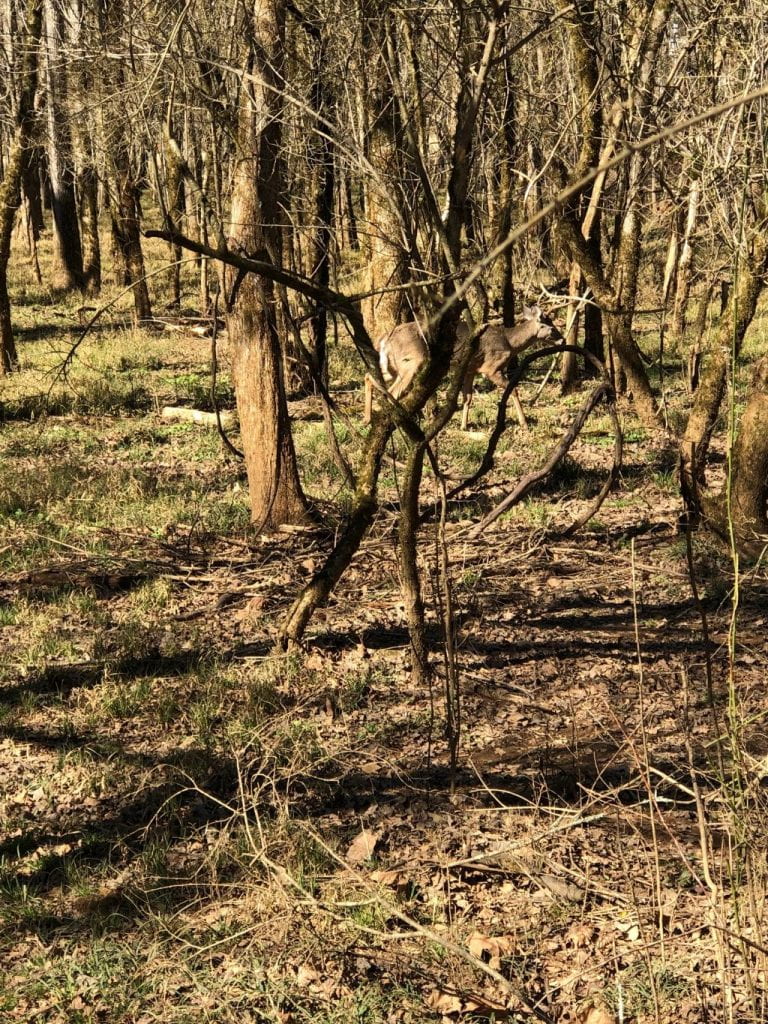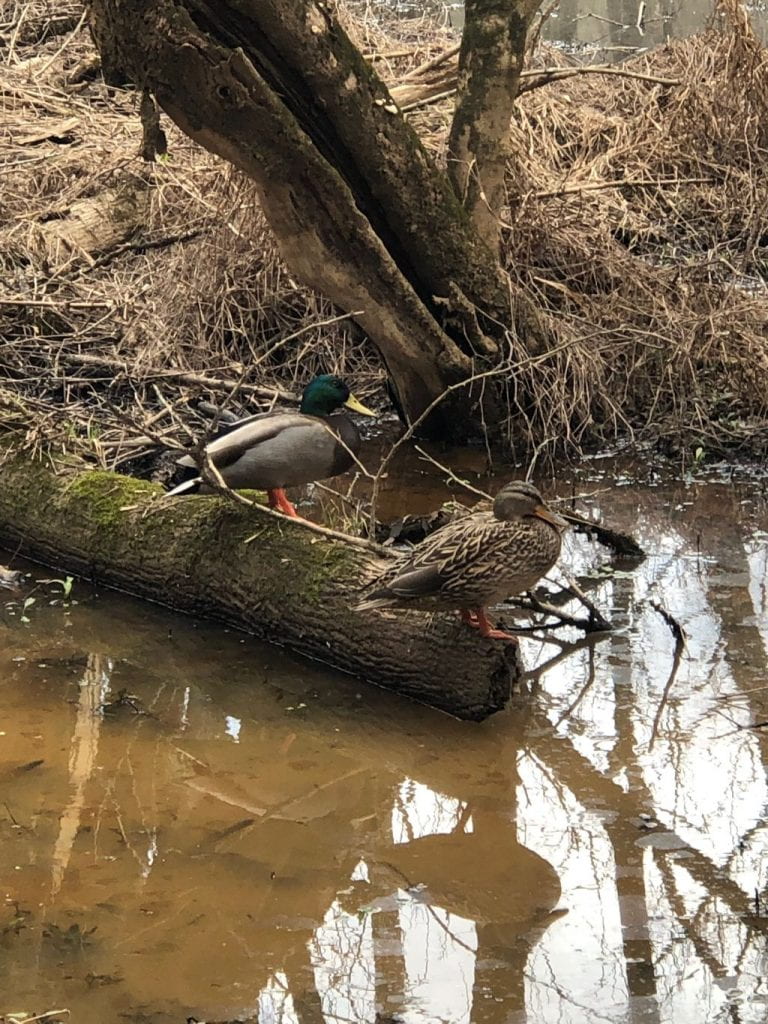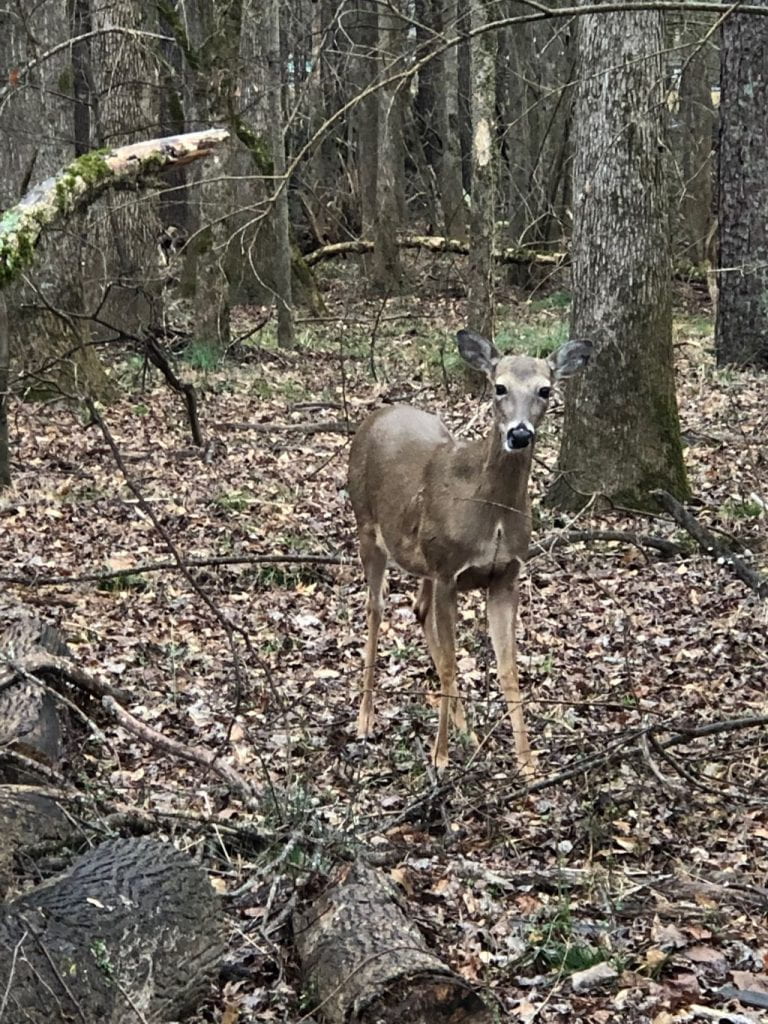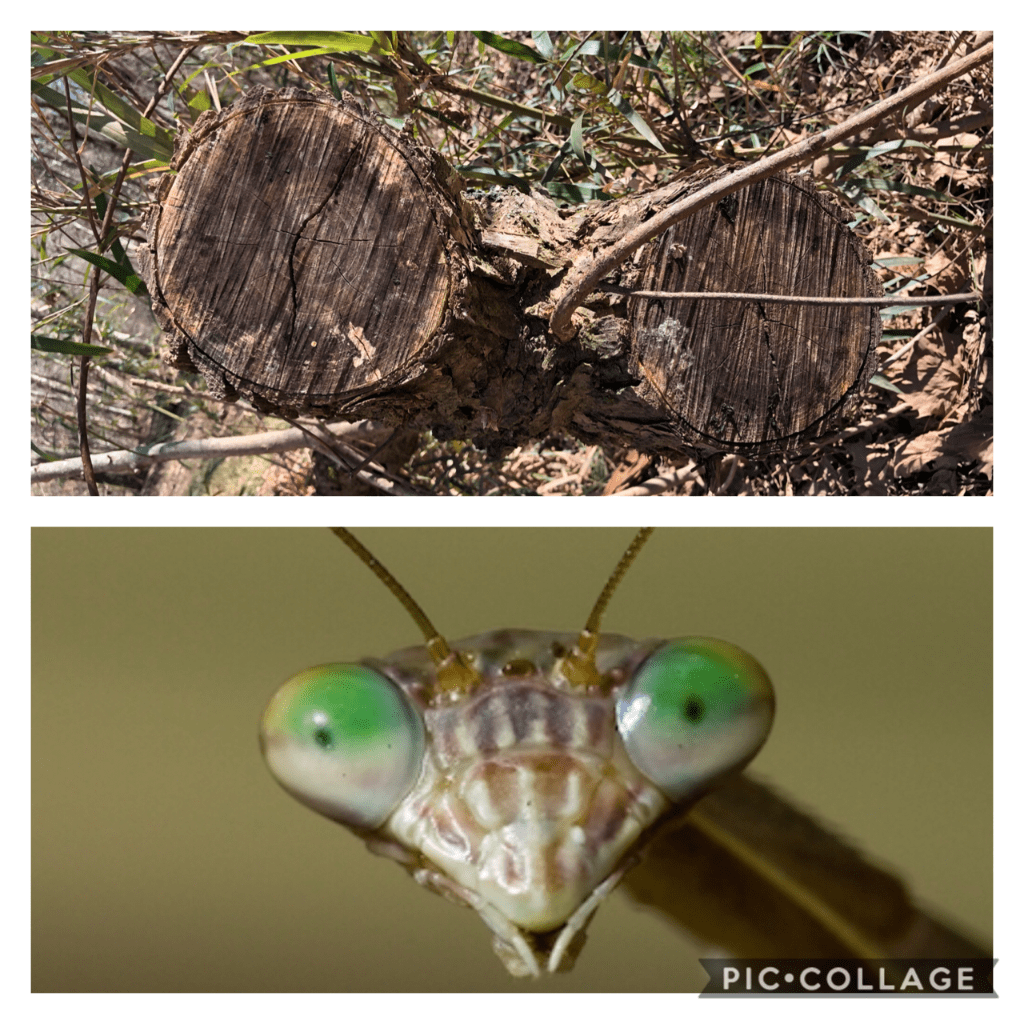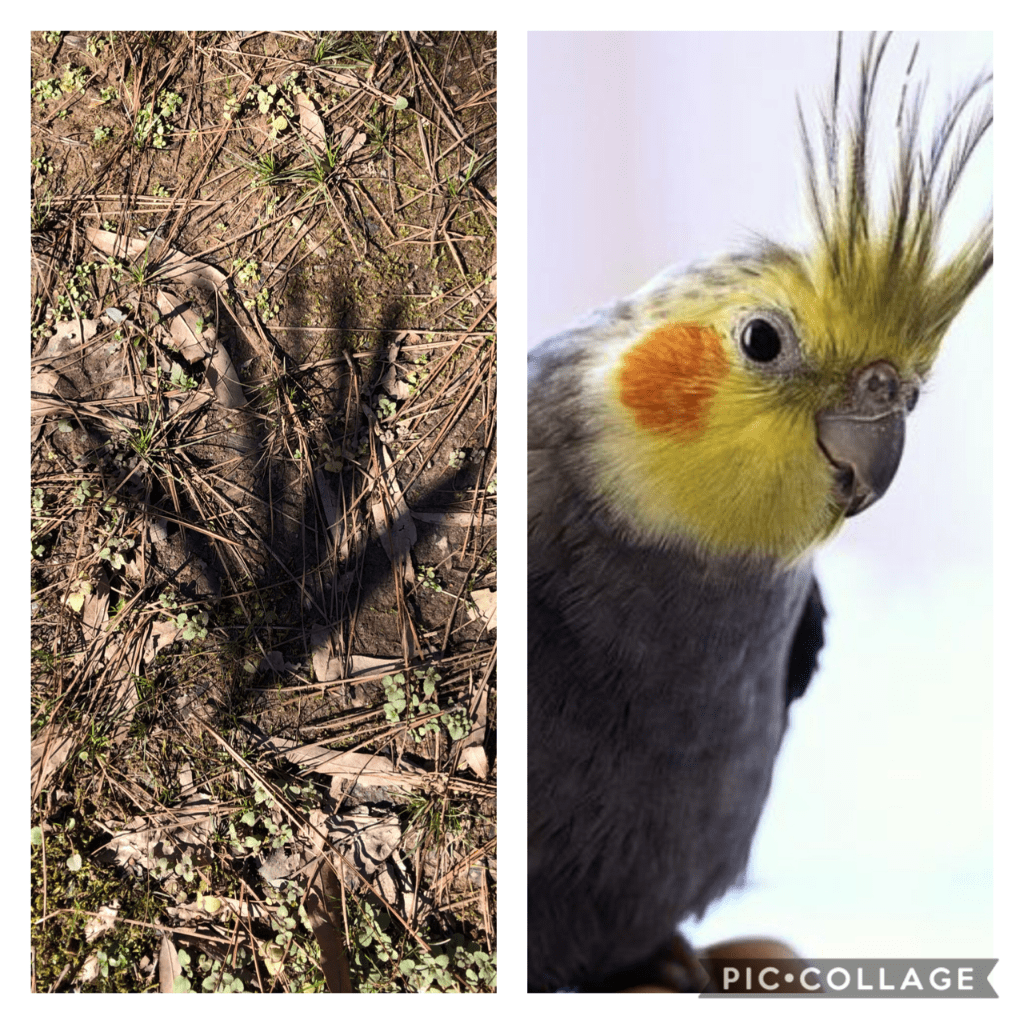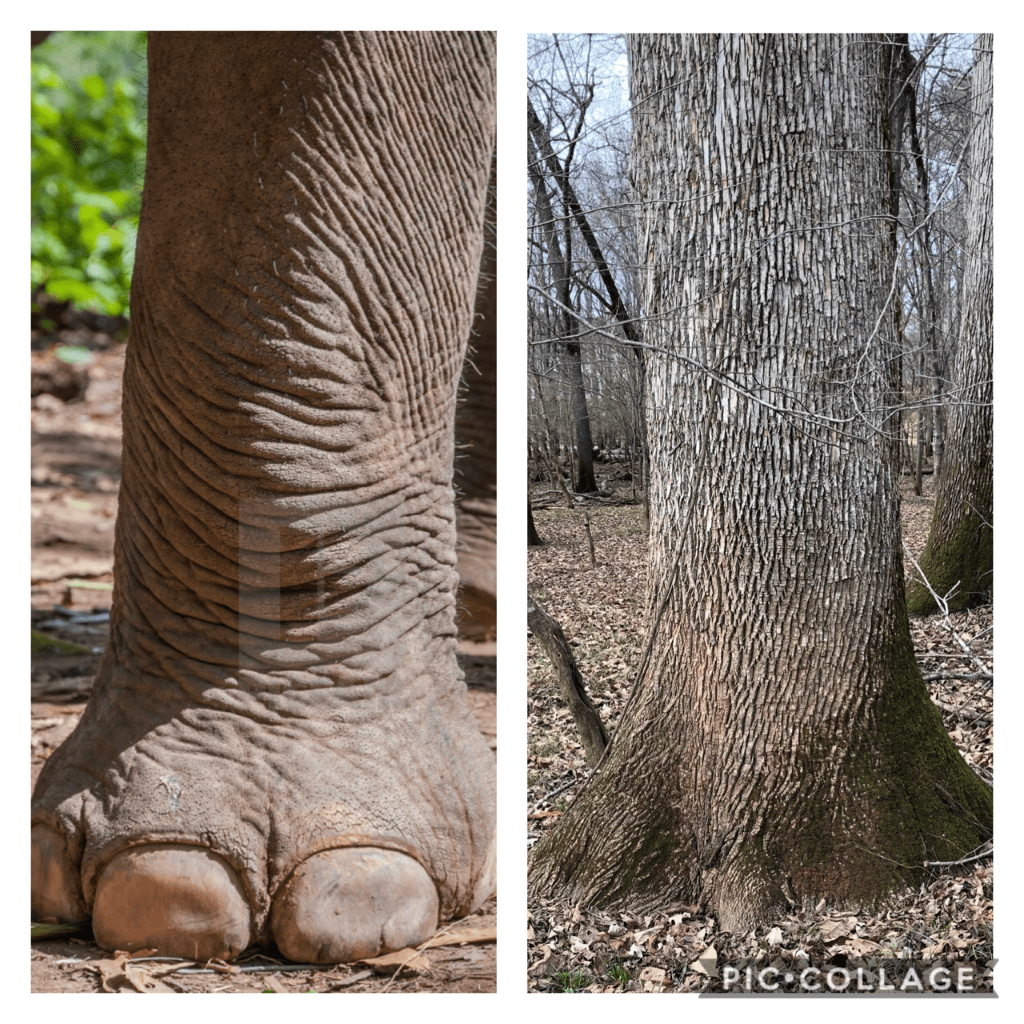Snags
In a forest ecosystem, a snag is a standing, dead or dying tree, often missing a top or most of the smaller branches. Click here for more information about snags. According to the Maryland Grows Blog, snags provide a habitat for about 25 percent of the forest wildlife. As I researched snags, I was struck with the thought that even in death, the tree provides life. Nothing is wasted in nature, and everything has a purpose. Click here for the entire article.
Although The Giving Tree has been interpreted in multiple ways, it reminds me of the sacrificial ways trees provide for the animal kingdom. Click here to watch an animated version of the story.

As I listened to this story, I thought of The Tale of Three Trees. So many lessons about pride, purpose, and joy. Click here and here for Safeshare link videos. The second video is animated.
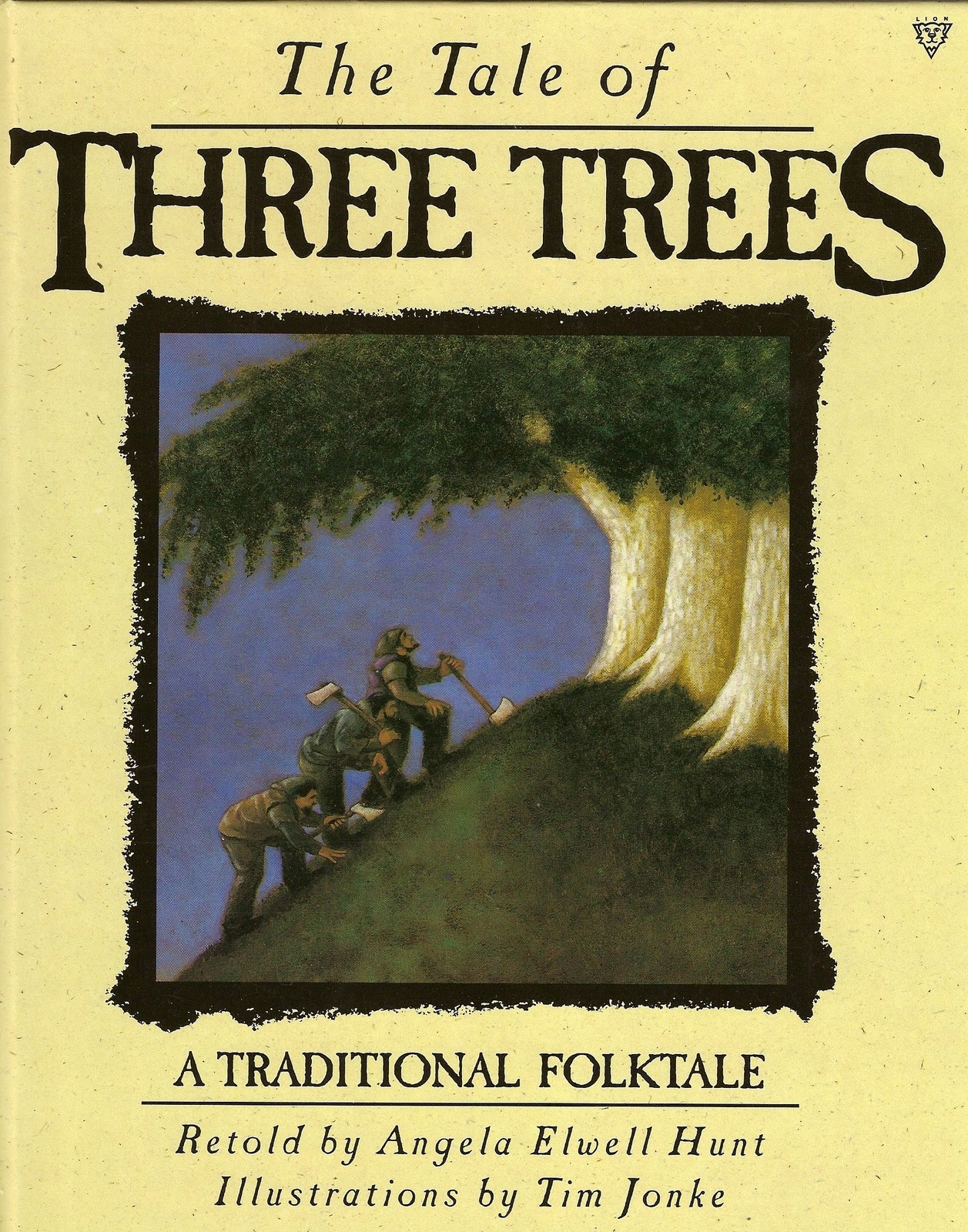
Trees are essential for life. They provide lumber, oxygen, food (fruit and nuts), paper, shade, and soil protection. So yes, hug a tree today! Click here to discover more benefits of trees.
Look at how these roots are preventing erosion on the side of the riverbank.
